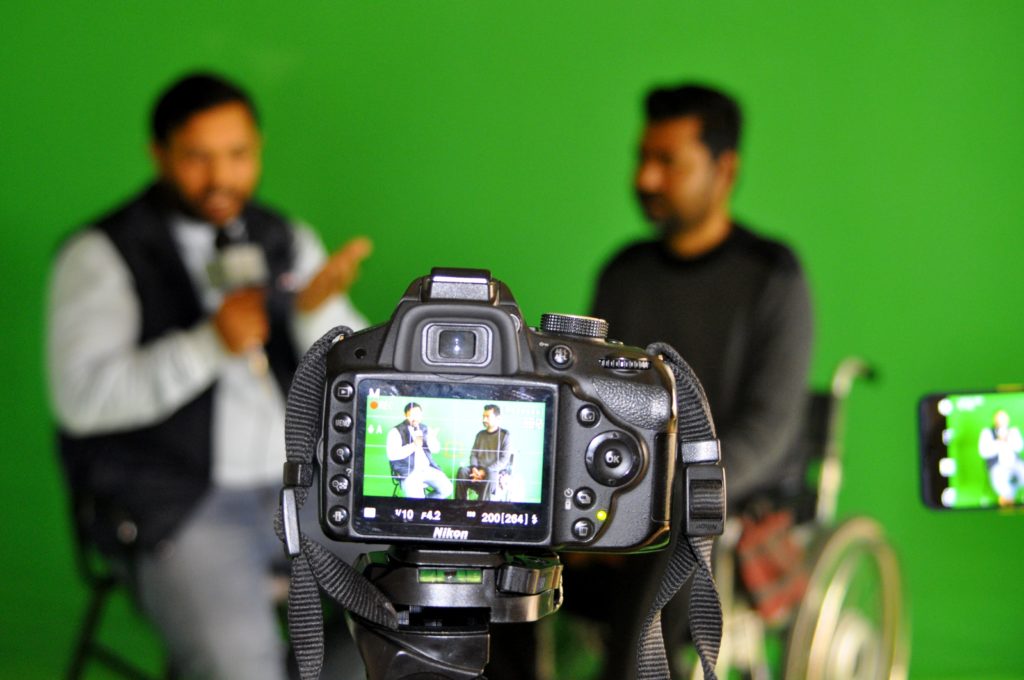An Easy Tip To Help You Deliver Short, Powerful Answers
“I am sorry for such a long letter. I didn’t have time to write a short one.” – Mark Twain
When new clients call me for the first time, they often tell me that they want to learn how to deliver shorter answers.
They tell me that they know too much about their topics and can’t shorten their answers to just 30 seconds. Or that they ramble when they get nervous. Or that their subject requires a lot of nuance, preventing them from delivering an answer in the short timeframe that reporters require.
“Talking short” is difficult. Of course it is. We’re not time-restricted in most settings, so we don’t have to spend a lot of time worrying about the length of our responses. If I want to share a story with my wife, for example, she rarely taps her watch and tells me to tighten up my story. And I’m guessing that your friends don’t tell you to speed up your storytelling when you’re lingering over a beer.
But it is possible to talk short, and this post will give you an easy tip to make brevity much easier to achieve.
When clients deliver a seemingly endless answer, I stop them and ask them to answer my question again – but in only one sentence.
Guess what? When they’re forced to do that, their one sentence is usually way more powerful than anything they said in the two-minute version. The one-sentence version typically gets straight to the point, is packed with action verbs, and comes across with greater authority.
It’s a useful exercise, but I’m not suggesting that you should limit your answers to only one sentence (as I’ve written before, you should view most questions as opportunities to advocate for your products or ideas). But by forcing yourself to do this exercise, you help yourself figure out which parts of your answer truly rise to the top.
When spokespersons get good at this technique, they often begin by answering questions with their short, powerful, one sentence burst, and then continue by adding additional context. It’s a winning formula.
So next time your colleagues or clients suffer from verbosity during a media interview, ask them to answer a series of questions using one only sentence for each. You’ll be impressed with how well they exclude the unnecessary and focus themselves on their message’s core.
Need a keynote speaker for your next annual conference or staff retreat? Brad Phillips, author of the Mr. Media Training Blog, has spoken to thousands of people since 2004. Click here to contact us.




This is great advice. As a former print journalist, I appreciated the succinct response from people during interviews — even more so when I call a source for a quick fact-checking statement or a quote.
The advantage of the one-line answer is that it increases a source’s chance of getting quoted. It’s these quotes over time that become the foundation on which a source becomes a thought leader in the minds of media professionals.
Brad, I know you know this.
You’re exactly right, Rodger. Why let the reporter edit your long answer when you can edit it yourself, exactly as you’d like?
Thanks for commenting,
Brad
[…] An Easy Tip to Help You Deliver Short, Powerful Answers Post by MrMediaTraining.com The shorter and more focused and targeted your answers, the better. Within this post, Brad Phillips introduces a handy exercise to help you keep your message and answers clear, concise and to the point. […]
Hi, Brad! Great points, I especially like the pyramid advice to start with that powerful one sentence first, then build on that if/as time permits (then restate your power sentence in conclusion). When talking about complex topics as I often do (food safety, biotechnology), I find it helps to focus on benefits or takeaways rather than features or details, the former appeals to the end-user audience more than the latter.
Julia,
Great point regarding benefits and takeaways. Responses that answer the audience’s question of “what’s in it for me” almost always work well.
Thanks for the comment!
Brad